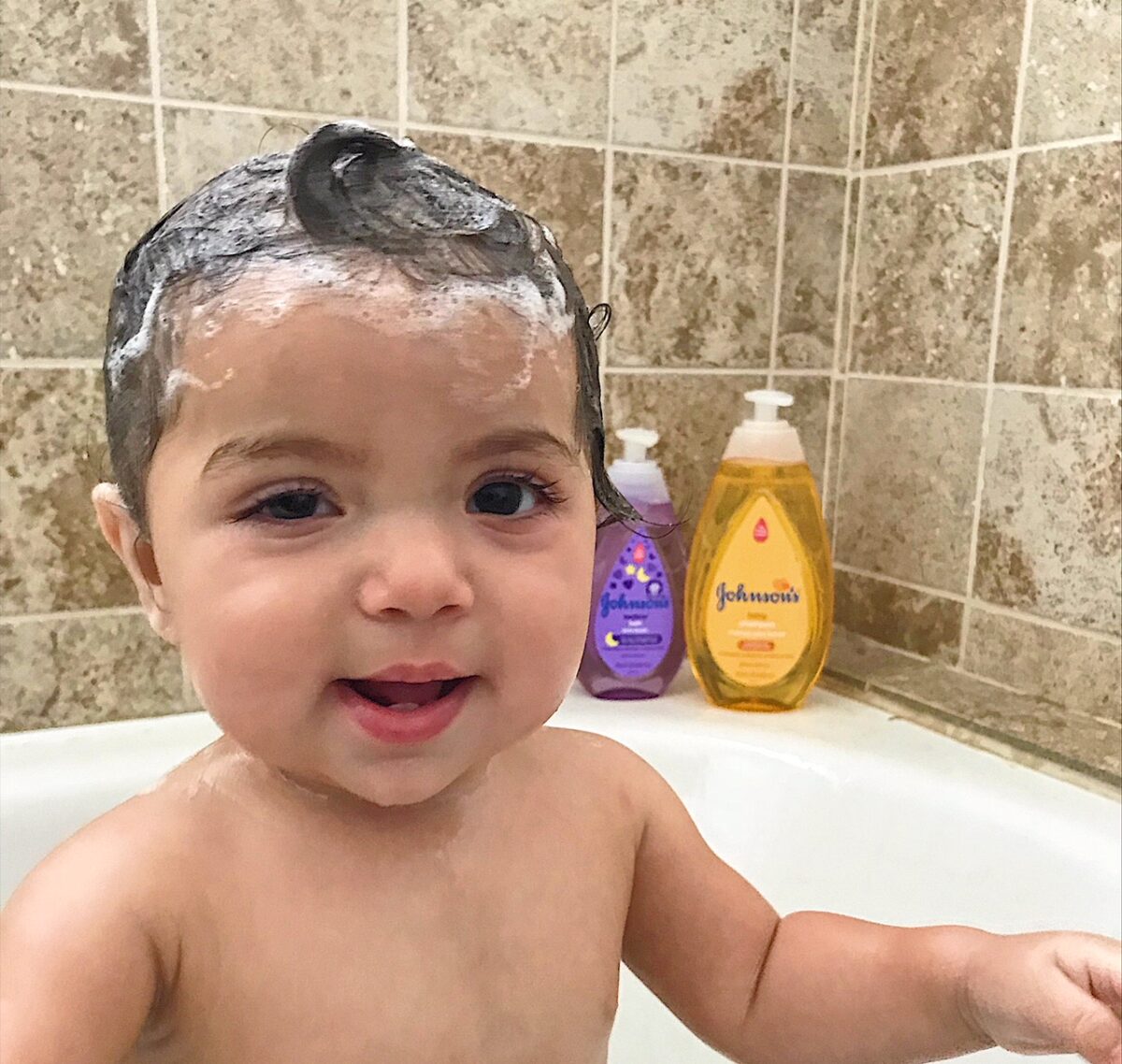Planning for Your Baby’s Future
We all know it costs a lot of money to raise a child. A recent study shows that it costs an average of almost $235,000 to raise a child until the age of seventeen. And this number doesn’t even include college!
It sounds like a lot (and it is) but we all know it’s worth it in the end. I think we can all agree that we want the absolute best for our kids, but we can’t provide that without being prepared.
Here are some steps you can take today to help get your kids get started on the right path to college and financial success when they’re older:
1.) Save for retirement and eliminate your debt
It’s crucial to get your own money, savings and retirement plan in order before setting up a plan to save for your baby’s future.
I can’t stress this one enough. It might seem unrelated to saving for your child’s future but if you don’t have your own money on track and a retirement plan, it can end up falling on your children’s shoulders which could seriously affect their future as well as their possibility of attending college.
Most companies have 401K plans and if the company matches, you should at least contribute the maximum amount they match. I mean, hey, it’s free money! You can also put money into a Roth IRA or any pretax retirement plan. Just make sure you are saving enough to support yourself before putting money into any kind of a savings for your child.
2.) File a will
This should be another step to take before you start saving for your baby’s future. I know we hate to think about the possibility of not being there to see our children grow up or of something happening to us, but it’s best for our kids and for extended family if we are prepared for the worst. There are many online services now that can help you to create one easily. Don’t hesitate on this one!
3.) Have an emergency fund set aside
This goes hand in hand with number one. Along with a plan for your retirement, you should also have a traditional savings account specifically for emergencies that has nothing to do with money for your baby’s future or college expenses.
The rule of thumb is to have 3-6 months’ worth of expenses set aside in a savings account. Once you accomplish this, then you can start saving for your baby.
4.) Save for your child’s college education by opening a college savings account
There are many different options on how you can save for your child’s college expenses. (Little known fact about me is that I worked at an investment bank and learned a lot while I was there. I even passed my series 7 exam – yay!) Okay though, back on track. 🙂
One, you can invest in a 529 college savings plan. These plans are exempt from federal tax and usually include state deductions. They typically include your standard investing options that change as the child gets older and closer to college. However, there are some penalties if this money is NOT used for college that you should consider. (Read here for a full explanation of the 529 plan.)
Two, you could set up a custodial account. Custodial accounts have it’s advantages and disadvantages as well. One advantage is that they have more flexibility than the 529 plan. The money can be used for anything (not just education) and there’s no penalty. However, one major disadvantage is it will reduce your child’s chances of qualifying for financial aid. Therefore, if you think your child could qualify for financial aid, then this might not be the best option for you. (Read more about custodial accounts here.)
5.) Save for your baby’s future experiences and life expenses
It’s also important to set up a traditional savings account specifically for each child and put extra money in there such as bonuses or any other unexpected money you receive that you don’t need for regular expenses. This should be a specific account set up solely for your baby’s future life expenses (aside from college).
Keeping it separate from your family’s regular savings account will help you keep better track of how much you are saving and how much more you may need to budget for in the future. I read about an awesome idea of putting half of any money your child receives from allowance or birthdays into this account as well. Not only does it teach them financial responsibility, but it gets them involved in learning how to save.
What other tips do you have for saving for your child’s future?







